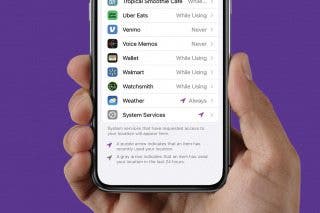How I Work from Anywhere in My Airstream RV Office
Learn about work and travel in an Airstream camper, as well as the best road-trip planning apps, charging gear, and tips for internet access on the go.


If this pandemic has shown us anything, it’s that many of us will be reimagining our office environments going forward. With that in mind, I’ve laid out how I created a remote office environment so I can work from the road in my Airstream Travel Trailer. I’ll cover how to get the best internet connection in spotty areas, what gear you’ll need (including road trip planner apps), and how my own RV journey began.
Related: 10 Best Travel Apps for Planning & Enjoying Your Next Trip
How My Airstream Trailer Journey Began
I have spent a good deal of my adult life using my vacation time to go backpacking, hiking, camping, adventure motorcycling, and overlanding. I love being outside, and I find that taking time away to connect with nature recharges my batteries, allowing me to go back to my everyday challenges with a renewed sense of purpose and motivation. Early in 2019, I found out that I was to become a father. I was thrilled. I also had to reimagine how I would be spending my vacation time.
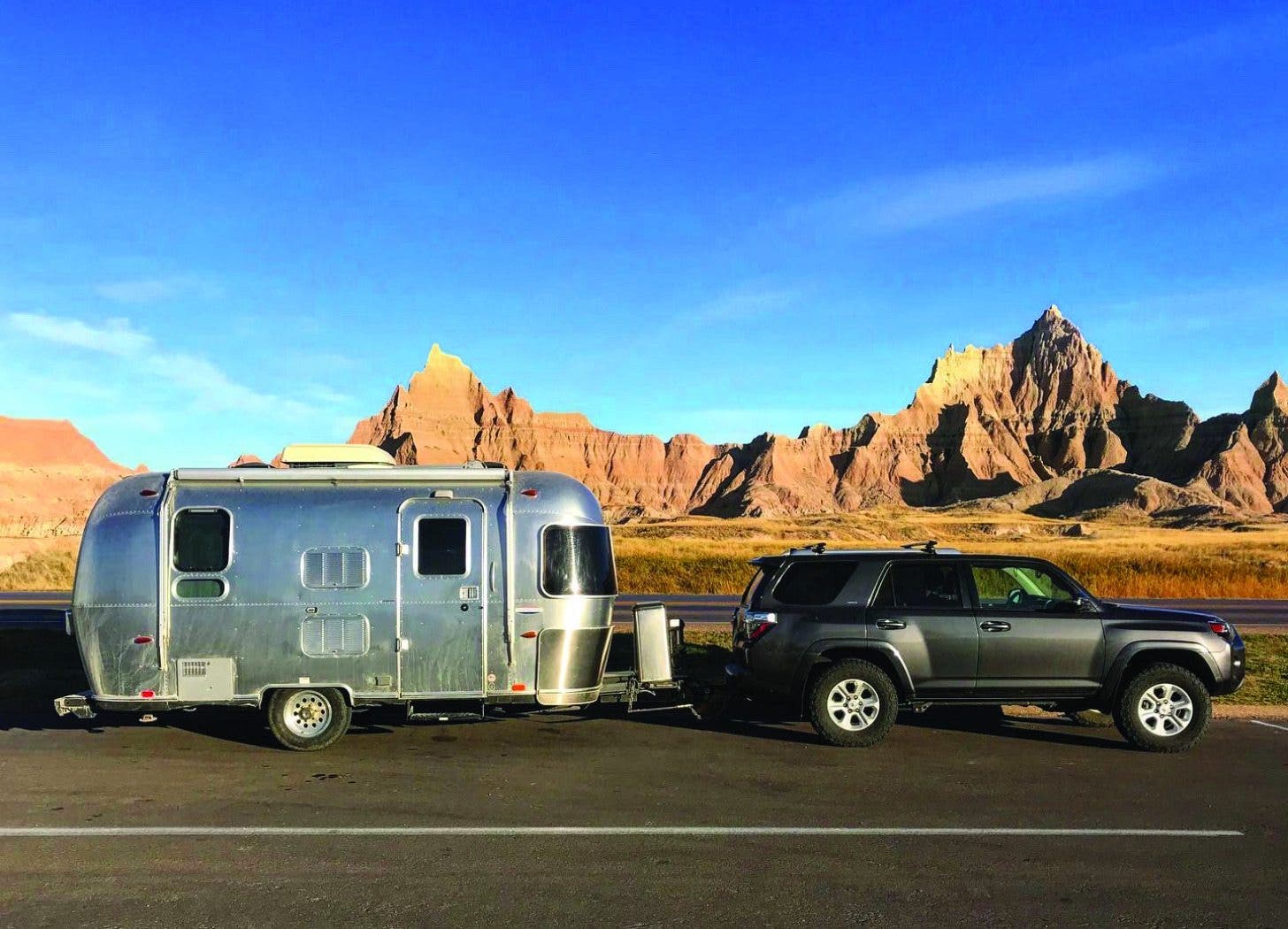
I’ve long been taken with the reflective shine of the Airstream travel trailers. Long before knowing I would be a father, I spent much of my time looking online, attending RV shows, daydreaming, and making plans to add a travel trailer to my growing list of recreational vehicles. The idea was to someday live in one of these. Well now, for a very different reason, I had a need. After negotiations fell flat and we missed out on a few trailers, we were able to agree on a price for a beautiful 2009 Airstream International with a premium interior.
It was a dream come true for me, but more importantly, I now had a certified, all-purpose, rolling baby-raising station ready to go at the drop of a hat. It was the ideal tool to continue getting out into the wild while maintaining a relatively consistent baseline of creature comforts that make raising a small child so much easier. We had temperature control to mitigate the elements, running water, a bug-free space, a fully functional kitchen and bathroom, a TV, and a quiet place to put our baby to bed while everyone else enjoyed the campfire. It was everything I could ask for. Little did I know, with a pandemic just around the corner, the Airstream would become far more than just a mobile nursery.
The Trend Toward a Transient Lifestyle
Even before the COVID-19 pandemic, we saw a sharp rise in people opting for a more transient lifestyle. Predominantly driven by retirees but also by young people looking for a different way to live, the desire for a lower cost of living and a larger sense of adventure was already in the works.
While people began living full time out of RVs or vans nearly 100 years ago, the concept of working remotely from an RV is somewhat new. This growth is driven primarily by greater access to ever-expanding data networks and available Wi-Fi connections. If you can get data service, you can likely work remotely.
I have spoken with CEOs and entry-level employees who share the belief that working remotely will be the new norm. While traditional office environments have toyed with the idea of remote work for a long time, it was always a guessing game as to how it would go. Well now we know, and the benefits look pretty good.
Executives can now envision their company’s future without high-priced retail space and feel confident that productivity hasn’t changed that much. Their employees are happier in many cases, too. Spending less on gas, office attire, and meals away from home means keeping more of what they make. They are also able to avoid those soul-crushing commutes each day.
The Race for an RV
The mobile office has become a sought-after escape. After months of being cooped up at home, transitioning your office space to an RV is the perfect antidote. By traveling inside your protective bubble, you are safely able to work, cook meals, use the restroom, and sleep in your own protected area.
RV prices have skyrocketed as a result. Outdoor recreation has become one of the safest and most sought-after escapes from the isolation of the pandemic. When you combine the sudden need to spend more time outside with the inherent safety offered by traveling with your own living space, you create a near-perfect storm. Basically, anyone who can is taking to the open road.
Your Guide to Working from the Road
Working from the road requires a few key elements to make it possible. You need power, cell service, and Wi-Fi. The great news is you can achieve this quite easily.
Power on the Go
Power is pretty easy to come by. When traveling by RV, you are typically able to plug into electricity at a campground and power your camper and all your necessary devices. People do not often realize, however, that most RVs do not push DC power while you are camping off the grid. So, while your lights and fans will draw power from the batteries, you can’t plug your laptop in and draw a charge.
This is a common misconception that’s perpetuated by the beautiful photos you often see on social media. A man works peacefully on his laptop, towering redwoods overhead. The picturesque RV sits like a trusty steed in the background. He is productive even while soaking up the serenity of nature. He’s selling the dream.
While it is certainly possible to work in these conditions, it’s also important to note a few things. If he doesn’t have a way to recharge his laptop or phone, he isn’t working from this place for long.
Fortunately, there are also a great number of backup power options to help you stay remote longer. Solar power is one option—I use the Goal Zero Yeti 400 Portable Power Station ($449.95) and connect it to the Goal Zero Boulder 100 Solar Panel Briefcase ($299.95). This way, I can power up and extend my backcountry and remote camps way beyond the Airstream’s limitations.
Camping with Cell Service
If you are really trying to get away, there is nothing better than a remote spot in the wilderness. While this is great for your mental health, it doesn’t exactly keep you in touch with the office. If I am planning to work, I typically shy away from extended stays in areas with no cell service.
There are a few great road trip apps to help you plan your stops, though. US Public Lands ($2.99) or the USFS & BLM Campgrounds ($0.99) apps are great ways to research dispersed camping (on public land away from campgrounds) and plan your next stop. Once you find a desirable natural location, you can pair that with a quick check on the Opensignal app (free) to get a firm picture of what your cell signal will look like once you arrive.
Wi-Fi in the Wild
Finally, check apps like WiFi Hotspot Map (free) to plan your working vacations well. Before you depart, you’ll be able to map out your destinations based on available cell coverage and nearby Wi-Fi. Once I arrive at a location, I also like to use the Speedtest Net app (free) to get a clear picture of exactly what kind of service I am working with. The last thing you want is to discover that Zoom won’t work even though you can send emails with little issue.
Airstream specifically has a partnership with AT&T to bring direct data service right to your camper. It’s called the Airstream Connected plan (starting at $25/month), and it's basically a designated mobile hotspot that stays with your camper. Service providers like AT&T and Verizon also offer data plans and portable mobile hotspots, and I would recommend that route simply because it is more versatile if you want to use your data service away from your RV.
From there, you can add all sorts of signal-boosting devices if you see fit. I find the simpler you can make things, the better. Fewer devices to charge and fewer things to keep track of all equal more time to spend outside when you aren’t working.
RV Dreams: More Realistic Than They Seem
Working from your RV while you gaze out the window at a pristine lake is a dream scenario for many. Because of the continued expansion of mobile service and apps to help make connecting remotely that much easier, we are seeing this dream become a reality. It comes with work, but it’s often worth the reward. RV living has a learning curve, and even when it all becomes second nature, it’s still best to compare it to upscale camping rather than mobile living. It is a window to a better world, one where you have more time to enjoy the outdoors and make memories. An experience previously reserved for family vacations is now fully expanding into a lifestyle.

Paul Strubell
To read more about Paul’s trip you can check out his website www.dirtorcas.com and his daily trip journal for the Glaciers Before They Are Gone Tour. A lover of all things wild and true, Paul finds his balance in exploring the complexities of wilderness and sharing that passion with others. He started Dirt Orcas because he has a passion for overland travel, nature, wildlife, camping, and overland vehicles, and their accessories.
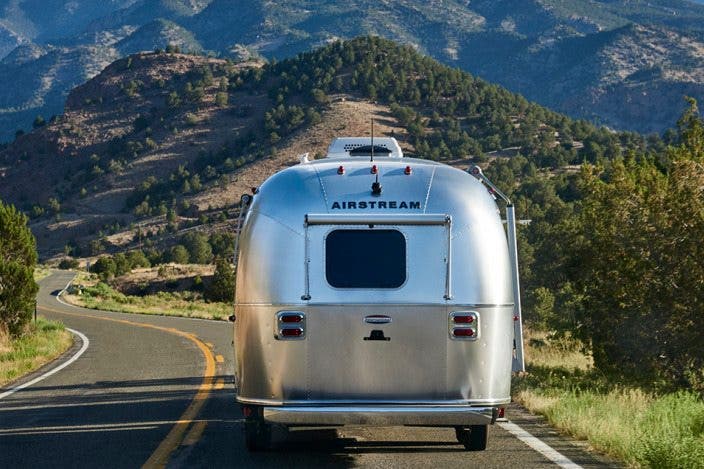

 Leanne Hays
Leanne Hays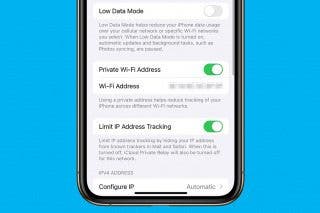
 Rhett Intriago
Rhett Intriago
 Amy Spitzfaden Both
Amy Spitzfaden Both
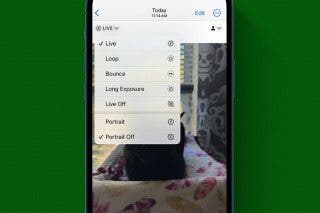
 Rachel Needell
Rachel Needell
 Olena Kagui
Olena Kagui


 David Averbach
David Averbach

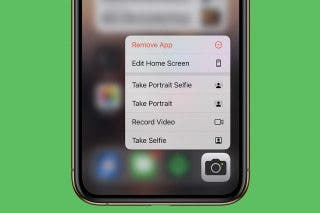
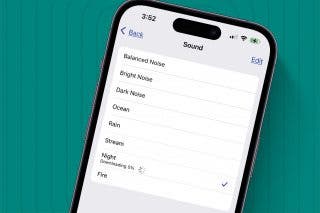

 August Garry
August Garry